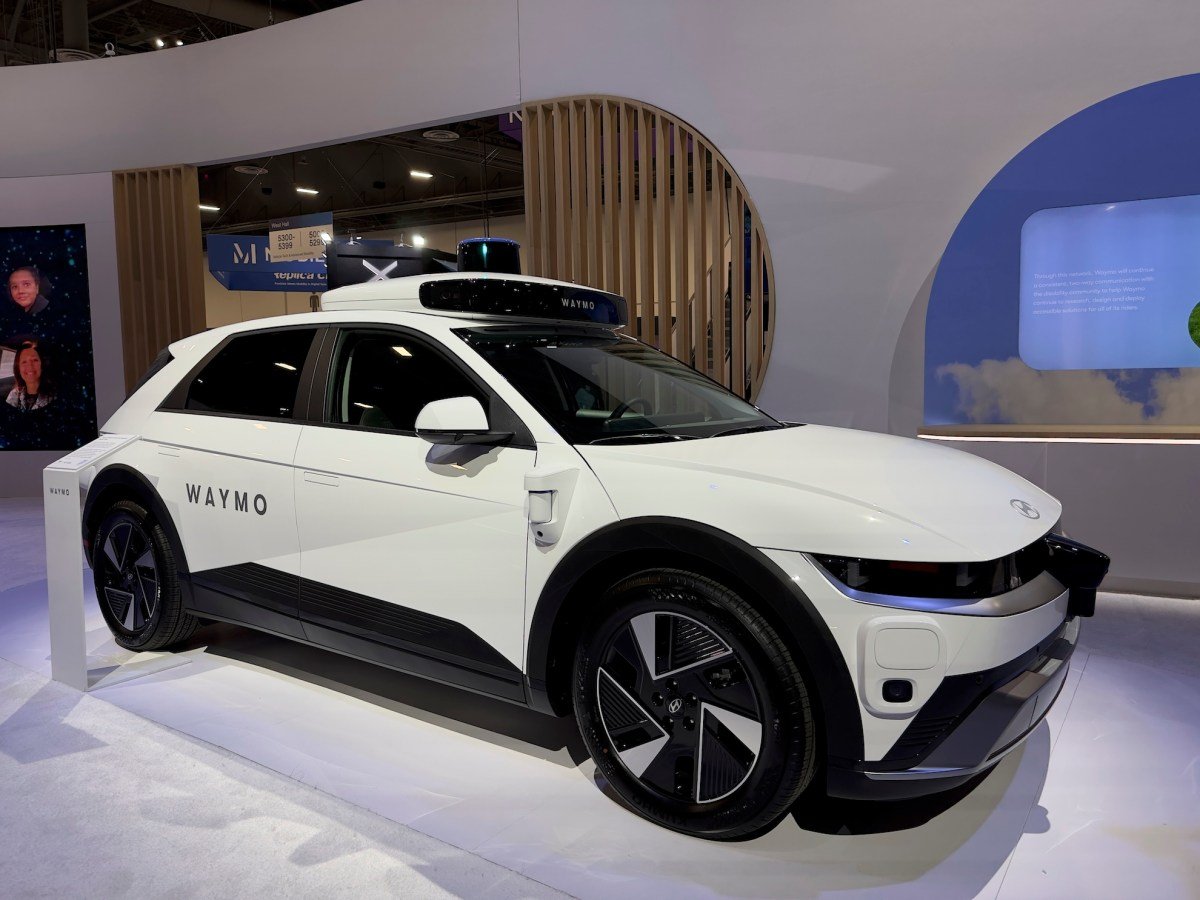
In the realm of Level 4 autonomous vehicle technology, Nvidia announced a partnership with self-driving trucking company Aurora Innovation and automotive supplier Continental, integrating Nvidia’s Drive Thor SoC and DriveOS into the Aurora Driver. Prior to the start of CES 2025, a few noticeable trends started to surface, revealing some interesting shifts né?. One notable collaboration was with Toyota, an ongoing partnership focused on developing, training, and validating AV technology. Qualcomm also made a splash at CES upgrading its Snapdragon Digital Chassis and Cockpit systems with generative AI capabilities né?. Although Uber does not develop its own AV tech it aims to partner with AV companies to integrate self-driving services into its platform.
Innovations in screen technology
While screens have long been a staple at CES this year saw some companies pushing the boundaries of traditional screen concepts né?. Additionally, Verge Motorcycles subsidiary Donut Lab unveiled an electric motor that can be directly integrated into tires. The startup, operating in the city for a few years now, announced a significant expansion of its service.
Nvidia’s broad partnerships
Nvidia’s presence at CES consistently brings a barrage of announcements each year, outlining partnerships with automakers, suppliers, and transportation companies adopting Nvidia’s technology né?. The absence of all U.S né?. The integration of AI models like Meta’s Llama and OpenAI’s Whisper Small could enable real-time detection of distracted driving, biometric identification for automatic seat adjustments, and tailored navigation suggestions based on the driver’s condition.
Resilience of micromobility
Despite prevalent notions of micromobility being on the decline, evidence at the CES suggested otherwise. Notably, Zoox even provided robotaxi rides to the media in the lead-up to CES and during the event itself. Valeo, a supplier, showcased a pioneering product called panovision, which reflects a full screen along the base of the windshield né?. Toyota for instance unveiled the completion of the first phase of Woven City a prototype city situated on 175 acres at the base of Mount Fuji actively seeking inventors and startups to participate — oh and also mentioned their interest in “exploring rockets” an endeavor not entirely in line with CES exhibitions. Another standout was Hyundai Mobis, demonstrating a holographic screen covering the entire windshield — a transparent screen visible only from the driver’s seat, offering details like navigation and music playlists.
GenAI in automotive industry
The buzz around generative AI has engulfed automakers, a trend that gained momentum last year né?. BMW and Amazon’s partnership intends to introduce LLM-powered capabilities in select vehicles and countries initially focusing on enhancing navigation through extended spoken commands using natural language.
[]. BMW’s collaboration with Amazon was particularly notable, showcasing a new in-car user interface set to debut in the upcoming Neue Klasse sedan and eventually expand across all models né?. Initially unveiled at CES 2024, this year saw the integration of an in-cabin driver monitoring system alongside the existing technology. This gap was promptly filled by various Chinese automakers, most notably Zeekr, the EV brand owned by China’s Geely Holdings né?. Vay, a company offering a driverless car-sharing model, also made waves in Las Vegas, despite not having a physical presence on the show floor. and some European automakers which had previously transformed CES into an auto show created a void né?. Companies specializing in autonomous vehicles and robotaxi services, such as May Mobility, Tier IV from Japan, Waymo, and Zoox, all had a significant presence. Leading the segment, Segway also introduced two new e-bikes equipped with its Intelligent Ride System, featuring a suite of smart tech and functionalities né?. While shared scooter and e-bike businesses have faced challenges and closures, the North Hall showcased a myriad of e-bike and scooter brands, notably several Chinese brands. Alongside, Wey, a premium brand under Great Wall Motor, and Xpeng also made their presence felt with booths at the event.
The West Hall at the Las Vegas Convention Center, traditionally hosting the majority of vehicle and transportation tech displays, seemed quieter compared to previous years. Automated tech wasn’t limited to these areas; it also extended to sectors like agriculture, with companies such as John Deere and Kubota, and startups like Polymath Robotics applying self-driving systems to off-road environments.
A significant number of companies showcased products supporting automated driving and advanced driver assistance systems, featuring simulation, machine learning, sensors, and data integration né?. An unexpected alliance came to light with Uber, as the ride-hail and delivery giant revealed plans to leverage Nvidia’s new world model simulation tool, Cosmos, and cloud-based AI supercomputing platform, DGX Cloud, to advance autonomous vehicle technology. Comma.ai founded by George Hotz was another standout with their open-source driver-assistance system designed to provide advanced driver assistance functionalities similar to Tesla Autopilot and GM’s hands-free Super Cruise system. This AV system from Aurora planned for mass production by Continental in 2027 further solidifies Nvidia’s position in the autonomous driving landscape. This year, Nvidia’s technology was set to power the automated driving capabilities of Toyota’s next-generation vehicles, featuring the Drive AGX Orin System-on-a-Chip (SoC) and DriveOS safety-focused operating system né?. The term “GenAI” “chatgpt” or “LLMs” was prominently featured throughout the LVCC stirring up curiosity among observers. Collaborations with automotive suppliers like Alps Alpine, Panasonic, Garmin, and Indian automaker Mahindra underscore Qualcomm’s momentum in deploying generative AI features for personalized in-cabin experiences né?. Here are the major themes that caught our attention at the show.
AI and automated driving tech
Several large exhibits at the Las Vegas Convention Center were dedicated to showcasing automated driving technologies né?. However amidst these developments there was still a strong presence of future-of-transportation technologies waiting to be explored. Surprisingly, some of the major announcements at the event were not related to new EVs, indicating a shift away from physical products dominating the showcase né?. Vmax introduced six new scooters for their 2025 lineup Aima Technology Group unveiled new e-bikes and Heybikes launched a mid-drive fat tire model né?. In 2025, Nvidia’s commitment stood out in providing a holistic self-driving stack, ranging from testing and simulation to onboard supercomputers and cloud supercomputing capabilities né?. Even Honda joined the fray with the introduction of a new operating system named ASIMO to be integrated into its next-gen 0 Series EVs enhancing ADAS capabilities né?. This year, autonomous vehicle technology took center stage like never before, offering a glimpse into how the rest of the year might unfold. Amazon’s Alexa custom assistant technology will be incorporated into these future vehicles, leveraging Amazon’s vast language models né?


